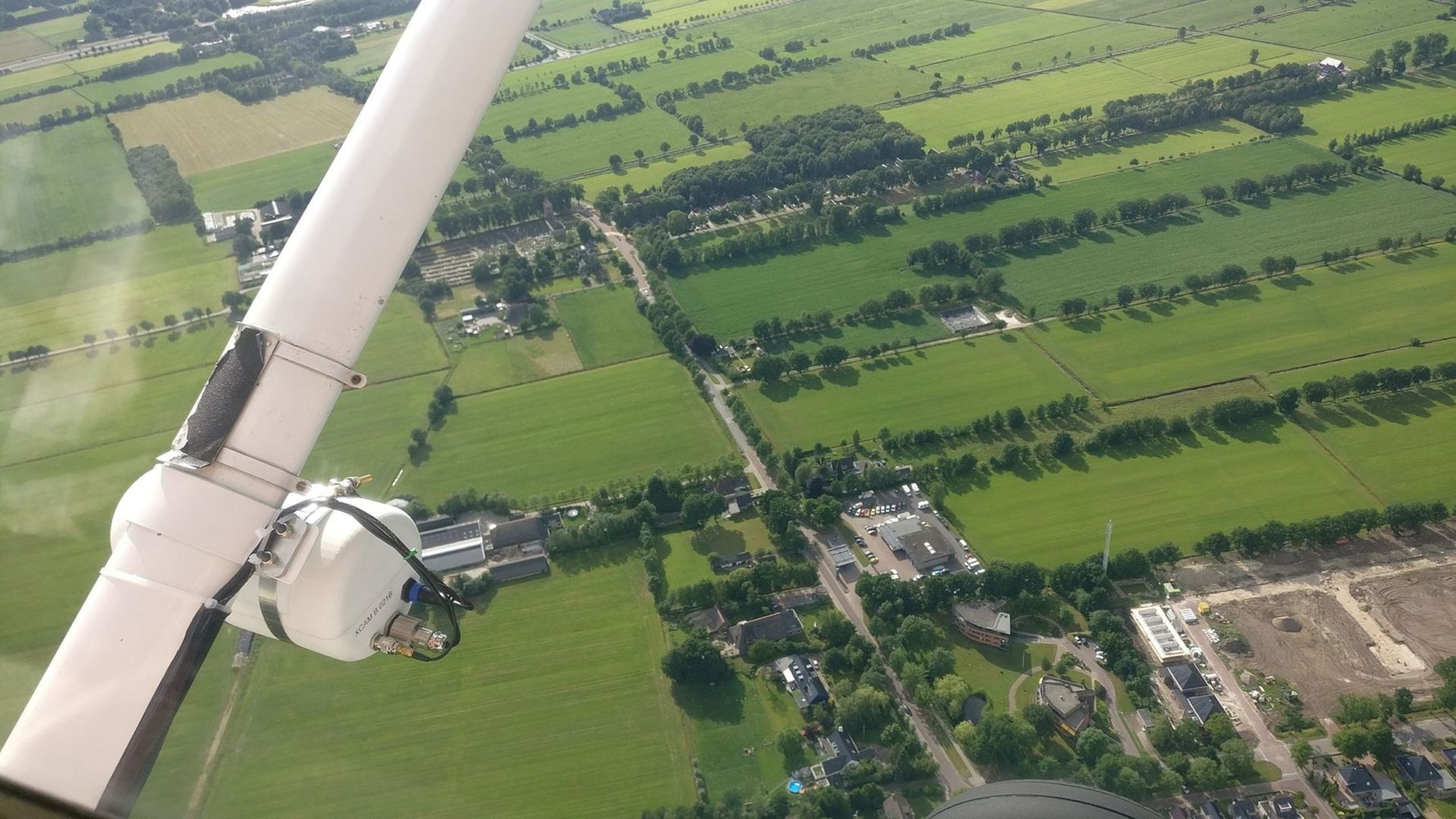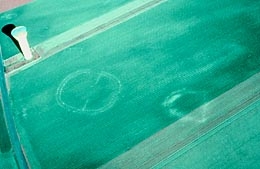- Home
- Prospecting
- Choosing a format
Classic emulsions
Black and white photographs are generally difficult to take. Excellent black and white prints can be obtained by shooting slightly underexposed color slide film, and then copying the desired slides with a black and white internegative. In addition, revealing contrasts can be heightened by copying the color slides.
The best results are obtained with standard emulsions in normal colors (Roger Agache prefers Kodachrome, because of its high quality of the stock, processing, and excellent preservation). Some new emulsions (such as the 100 ASA Fujichrome Provia) are very attractive. Nevertheless, we don't know yet if its colors will change over time.
False-color infrared films (shot with a #12 yellow Wratten filter) are mostly shot in specific cases — in bad weather, or when normal colors are too flat (the dominant blush cast to winter skies, for example). Their use is very limited — but they impress the layperson!
Over the past several years, ordinary color negative film has improved greatly and gives excellent prints on color papers. Its wider exposure range is to be noted. However, this type of film is fragile and more difficult to store than slide film.
Digital prints
A digital image consists of a simple grid of dots (or pixels) arranged in columns and rows. Each pixel can be located by its X and Y coordinates, as well as by a sampling code or value corresponding to the saved image size. This is a bitmap image, as opposed to a vector image, which is defined geometrically.
The definition is given in terms of the width and height expressed in pixels (e.g. 2000 x 3000 pixels). The resolution is the number of pixels per inch. The more pixels per inch, the better the image.
Each pixel in a digital image has a code in the form of numbers, based on analog data. Pixel coding uses a binary system that is expressed in bits.
A bit can be either 0 or 1. In the absence of an electronic signal triggered by light, the bit is equal to 0 and the pixel is black. If there is a a signal, the bit is equal to 1 and the pixel is white.
If we code each of the three RGB colors (Red, Green, Blue) on the basis of 8 bits/pixel, we wind up with 28x28x28 possibilities, or about 16.7 million different shades of color. Coding for each of the three colors can also be done on the basis of 10, 12, or even 16 bits per pixel (used in the photo-engraving process in printing), thus increasing the possible number of nuances.
It should be remembered that digital image files can be extremely large, depending on how they will be used.
False-color infrared photography: the Gallo-Roman sanctuary at Saint-Maur-en-Chaussée (Oise).
False-color infrared photography: Gallo-Roman foundations at Bourdon (Somme).


